Introduction
Mosaics are one of the most enduring and fascinating art forms known to humankind. They have been used for centuries to decorate floors, walls, ceilings and various objects, transforming ordinary surfaces into intricate masterpieces. From the ancient Roman and Greek civilizations to modern contemporary designs, mosaics have captivated art lovers and craftsmen alike.
This article will explore the history, types, materials, techniques and applications of mosaics, ensuring you have an in-depth understanding of this beautiful craft.
History of Mosaics
Ancient Beginnings
The earliest known mosaics date back to the 3rd millennium BCE in Mesopotamia, where craftsmen created patterns using colored stones and shells. These early works laid the foundation for what would become a sophisticated art form spanning cultures and continents.
Greek Influence
The Greeks refined mosaic art around the 5th century BCE, introducing pebble mosaics that depicted mythological scenes and geometric patterns. Greek artisans began incorporating glass and enamel into their designs, enhancing the vibrancy of their artwork.
Roman Advancements
The Romans took mosaic art to new heights, using tesserae (small, cut stones or glass pieces) to create elaborate floor designs in villas, bathhouses and public spaces. The famous Pompeii mosaics and those found in the Roman villas of Sicily are prime examples of this era’s craftsmanship.
Byzantine Mosaics
Byzantine artists revolutionized mosaics by introducing gold and silver leaf-backed glass, creating luminous and detailed religious artwork. These mosaics adorned churches and cathedrals, notably the Hagia Sophia in Istanbul.
Islamic and Medieval Mosaics
Islamic artists used mosaics extensively in architectural decoration, emphasizing geometric and arabesque designs. During the Middle Ages, mosaics became a primary art form in European churches, illustrating biblical narratives in stunning detail.
Renaissance and Modern Mosaics
The Renaissance period saw a decline in mosaic art, as fresco paintings became more popular. However, the 19th and 20th centuries brought a revival, with artists experimenting with new materials and abstract styles.
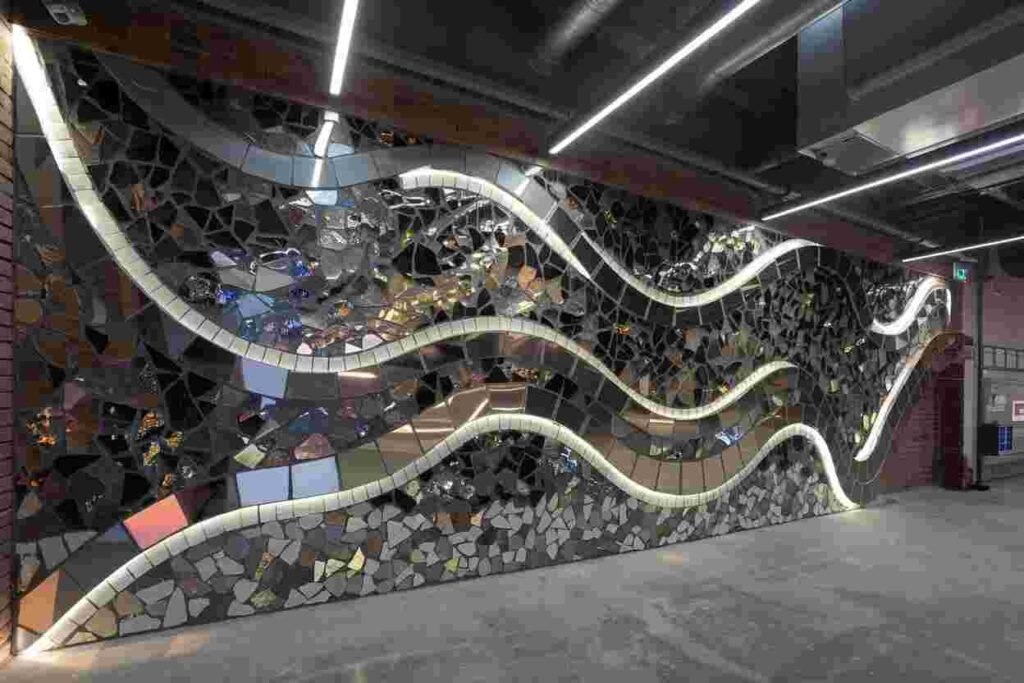
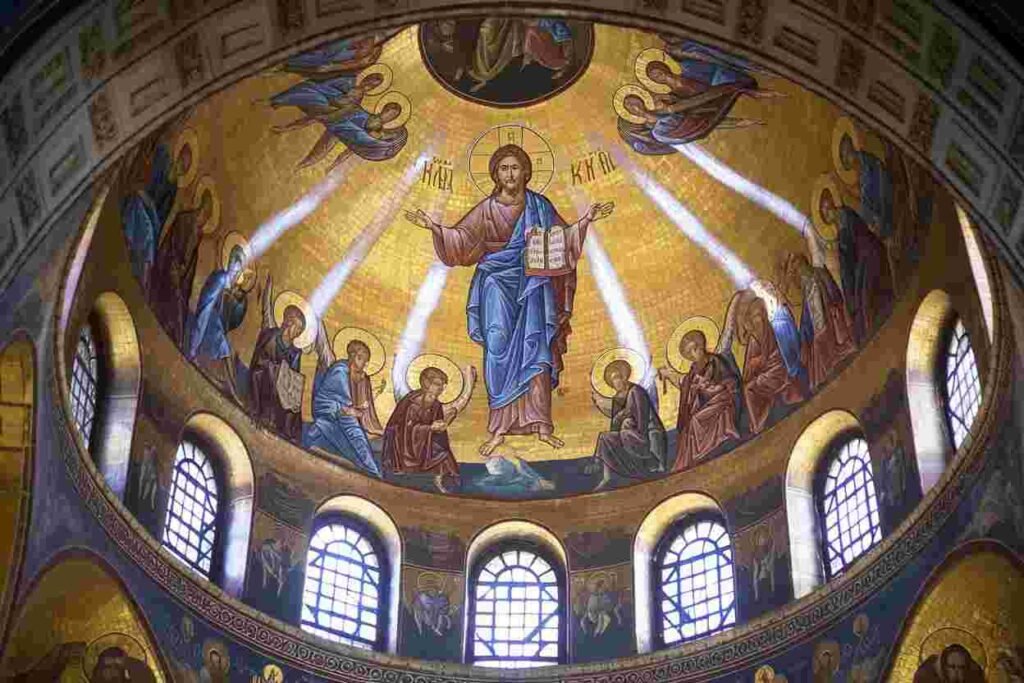
Types of Mosaics
| Type | Materials Used | Common Applications | Historical Period |
|---|---|---|---|
| Opus Tessellatum | Regular square tiles | Floor designs, large patterns | Roman |
| Opus Vermiculatum | Tiny, precisely cut pieces | Detailed pictorial scenes | Hellenistic/Roman |
| Opus Sectile | Cut stone pieces | Wall decoration, floors | Late Roman/Byzantine |
| Micro Mosaic | Extremely small glass pieces | Jewelry, portable art | Renaissance onwards |
| Modern Mosaic | Mixed media, recycled materials | Public art, contemporary installations | 20th-21st century |
Materials Used in Mosaics
| Material | Description |
|---|---|
| Glass | Provides vibrant colors and transparency. Often used in Byzantine mosaics. |
| Ceramic | Durable and versatile, commonly found in floor and wall mosaics. |
| Stone | Natural and earthy, used in historical mosaics. |
| Metal | Offers a modern touch, sometimes used in contemporary mosaics. |
| Smalt | A type of opaque colored glass used in detailed mosaic work. |
| Pebbles | Used in ancient Greek mosaics and modern rustic designs. |
| Shells | Found in traditional and coastal-inspired mosaics. |
Materials and Techniques
Traditional Materials
- Natural stone
- Marble
- Glass tesserae
- Ceramic tiles
- Precious stones
- Gold leaf glass
Modern Additions
- Recycled materials
- Mirror fragments
- Metal pieces
- Polymer clay
- Digital prints
- LED-embedded elements
Conservation and Restoration
Preserving ancient mosaic requires specialized knowledge and techniques. Modern conservators use:
- Digital documentation
- Non-invasive cleaning methods
- Compatible repair materials
- Preventive maintenance
- Environmental control systems
Contemporary Applications
Modern mosaic art has evolved beyond traditional applications to include:
- Public installations
- Corporate art
- Digital mosaic design
- Interactive installations
- Sustainable art projects
- Architectural integration
Techniques of Mosaic Making
Direct Method
In this technique, tesserae are applied directly to the surface with adhesive, allowing for precise placement and easy adjustments.
Indirect Method
Tesserae are arranged on a temporary surface (like paper or mesh) before being transferred to the final substrate. This method is ideal for large-scale projects.
Double Indirect Method
A more complex variation where the mosaic is first placed on paper, then transferred to another surface before installation. This technique ensures a perfect finish.
Opus Styles
- Opus Tessellatum: The most common style, using uniform square tiles.
- Opus Vermiculatum: Uses tiny tesserae for intricate details, often found in portraits.
- Opus Sectile: Features larger cut pieces for a stained-glass effect.
- Opus Regulatum: Arranges tesserae in strict, grid-like patterns.
Applications of Mosaics
Architectural Decoration
Mosaic have adorned walls, floors, and ceilings of historic and modern buildings worldwide.
Religious Art
Churches, mosques and temples have long used mosaics to depict religious iconography.
Public Art Installations
Many cities feature mosaic murals, fountains and sculptures as part of urban beautification projects.
Home Decor
Mosaic art is widely used in kitchens, bathrooms, tabletops and garden pathways.
Jewelry and Fashion
Small mosaic patterns are found in accessories, such as pendants, brooches, and even clothing.
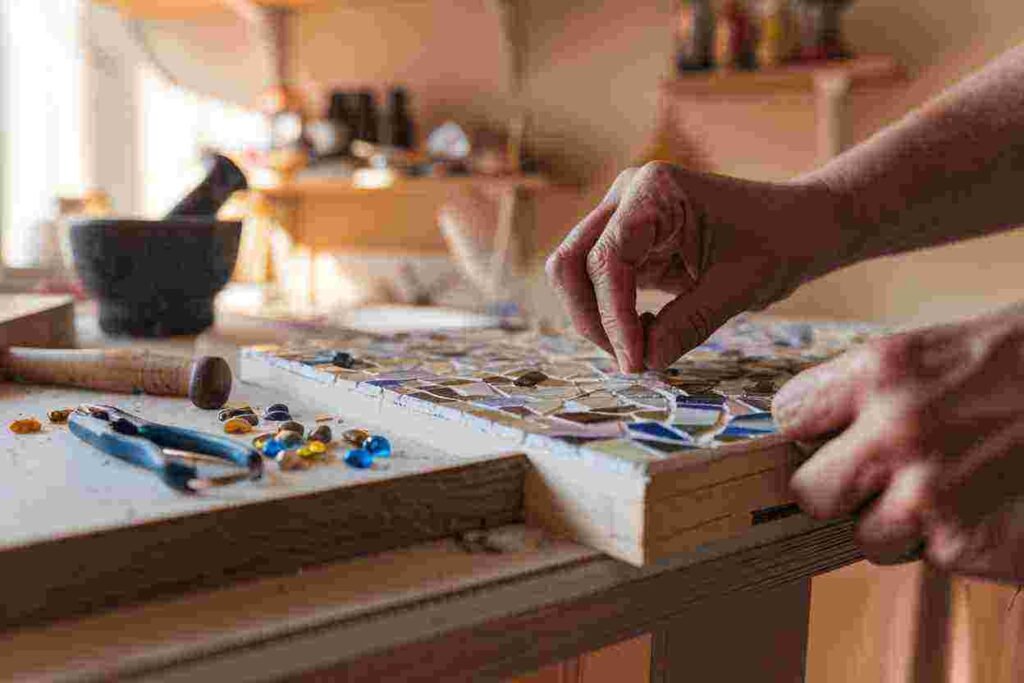
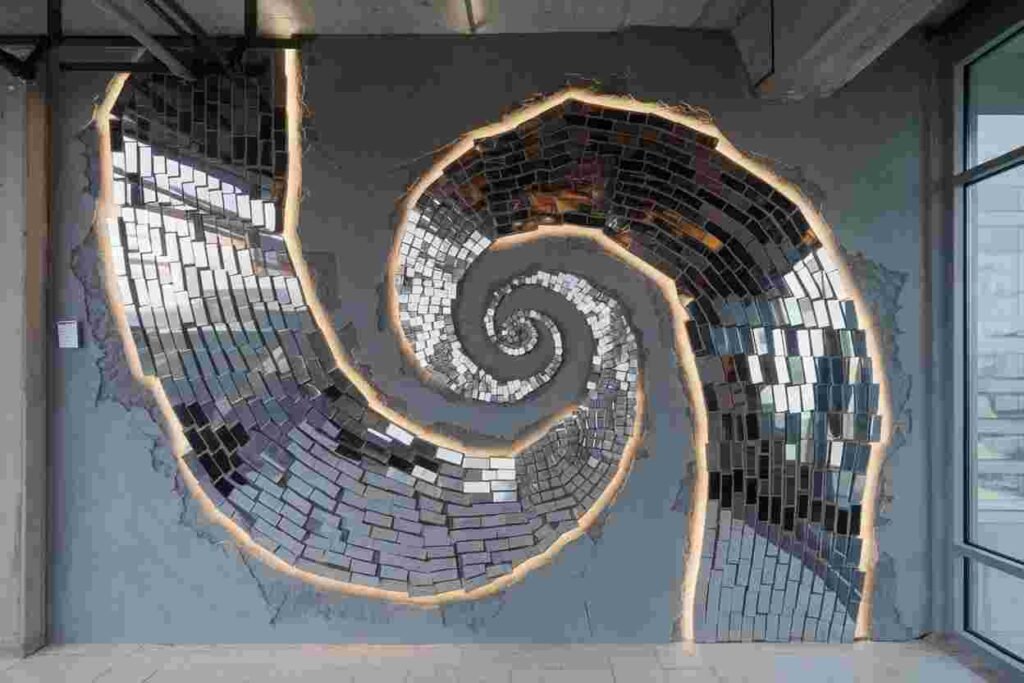
FAQs
Q: How long does it take to complete a mosaic project?
The time required depends on the complexity and size. A small piece may take a few hours, while large murals can take months or even years.
Q: Can mosaics be repaired?
Yes, damaged mosaics can be repaired by carefully replacing broken tesserae and reapplying adhesive and grout.
Q: Are mosaics expensive?
The cost varies based on materials and labor. Handcrafted mosaics with premium materials tend to be more expensive than factory-produced ones.
Q: What tools are needed for mosaic art?
Basic tools include tile nippers, tweezers, a spatula for adhesive, and a grout applicator.
Q: What is the difference between direct and indirect mosaic methods?
The direct method involves placing tesserae directly onto the final surface, while the indirect method involves creating the design on a temporary surface before transferring it to its final location.
Q: How long does it take to create a mosaic?
Creation time varies significantly based on size, complexity, and technique. A small decorative piece might take several days, while large-scale installations can require months or years.
Q: What materials are best for outdoor mosaics?
Frost-resistant ceramic tiles, glass tesserae, and natural stone are ideal for outdoor installations. The adhesive and grout must also be weather-resistant.
Q: How do you maintain a mosaic?
Regular cleaning with pH-neutral cleaners, periodic sealing for outdoor pieces, and prompt repair of any loose pieces are essential maintenance practices.
Conclusion
Mosaic art is a timeless and versatile craft that has evolved through the ages, from ancient civilizations to modern artistic expressions. Whether used for large-scale architecture or small decorative pieces, mosaics continue to mesmerize and inspire. Their durability, beauty and creative potential make them an exceptional art form worth exploring.
For those looking to embark on a mosaic-making journey, there are endless materials, styles and techniques to experiment with. With patience and creativity, anyone can create stunning mosaic artworks that stand the test of time.
Mosaic art continues to evolve while maintaining its connection to ancient traditions. The versatility of the medium, combined with modern materials and techniques, ensures its relevance in contemporary art and architecture. As we move forward, mosaic art demonstrates remarkable adaptability, embracing new technologies while preserving traditional craftsmanship.
The enduring appeal of mosaics lies in their unique ability to transform fragmentary elements into cohesive, meaningful wholes. This metaphor for unity and transformation continues to resonate with artists and viewers alike, ensuring the art form’s place in future creative expression.

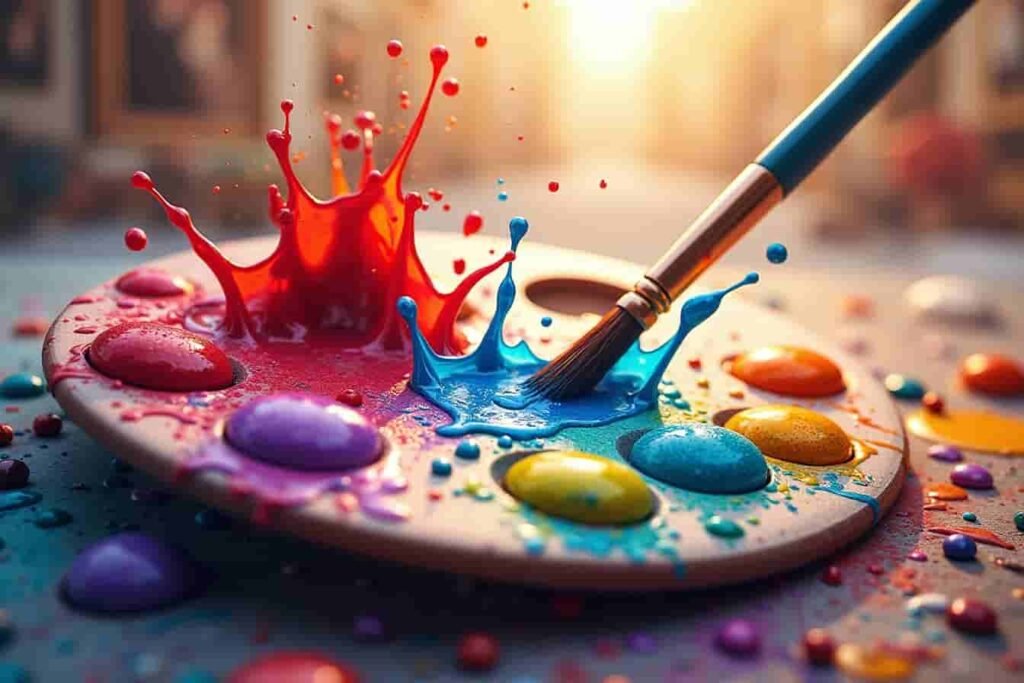


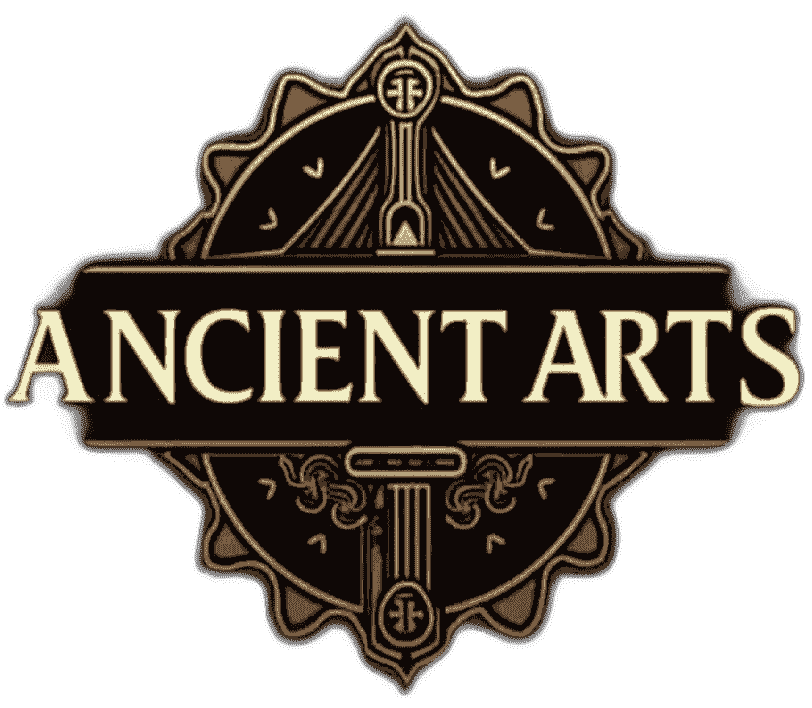
Pingback: Indian Arts | Artwork, History & Styles